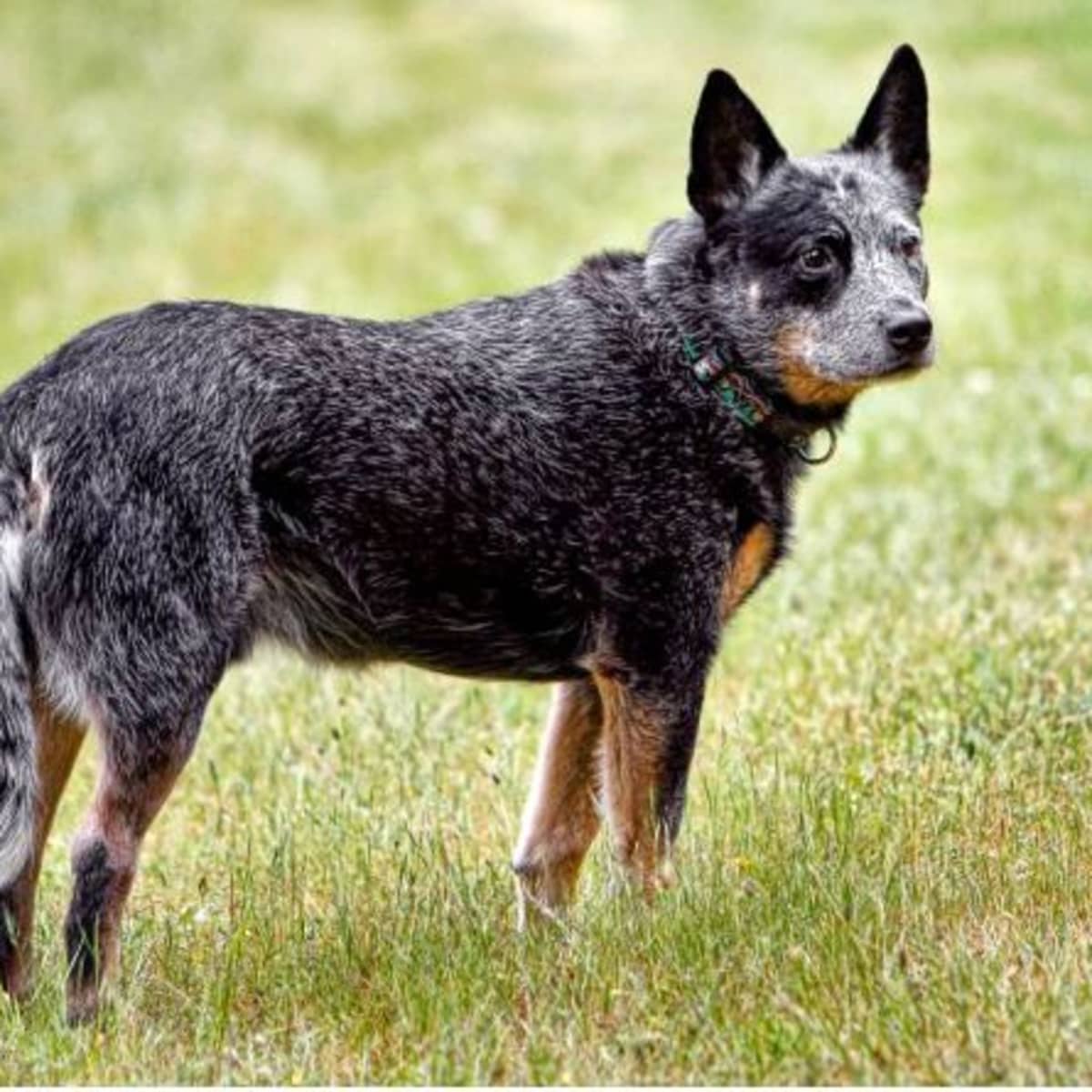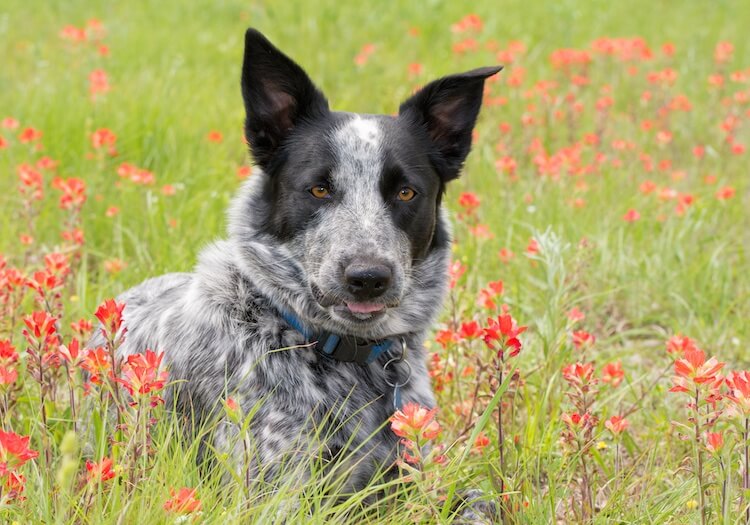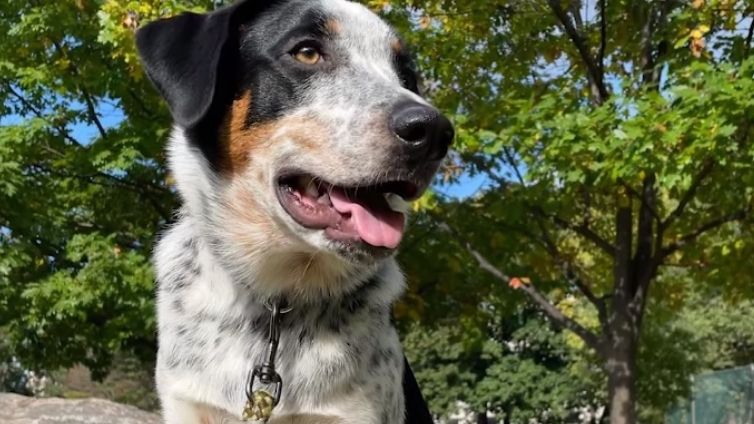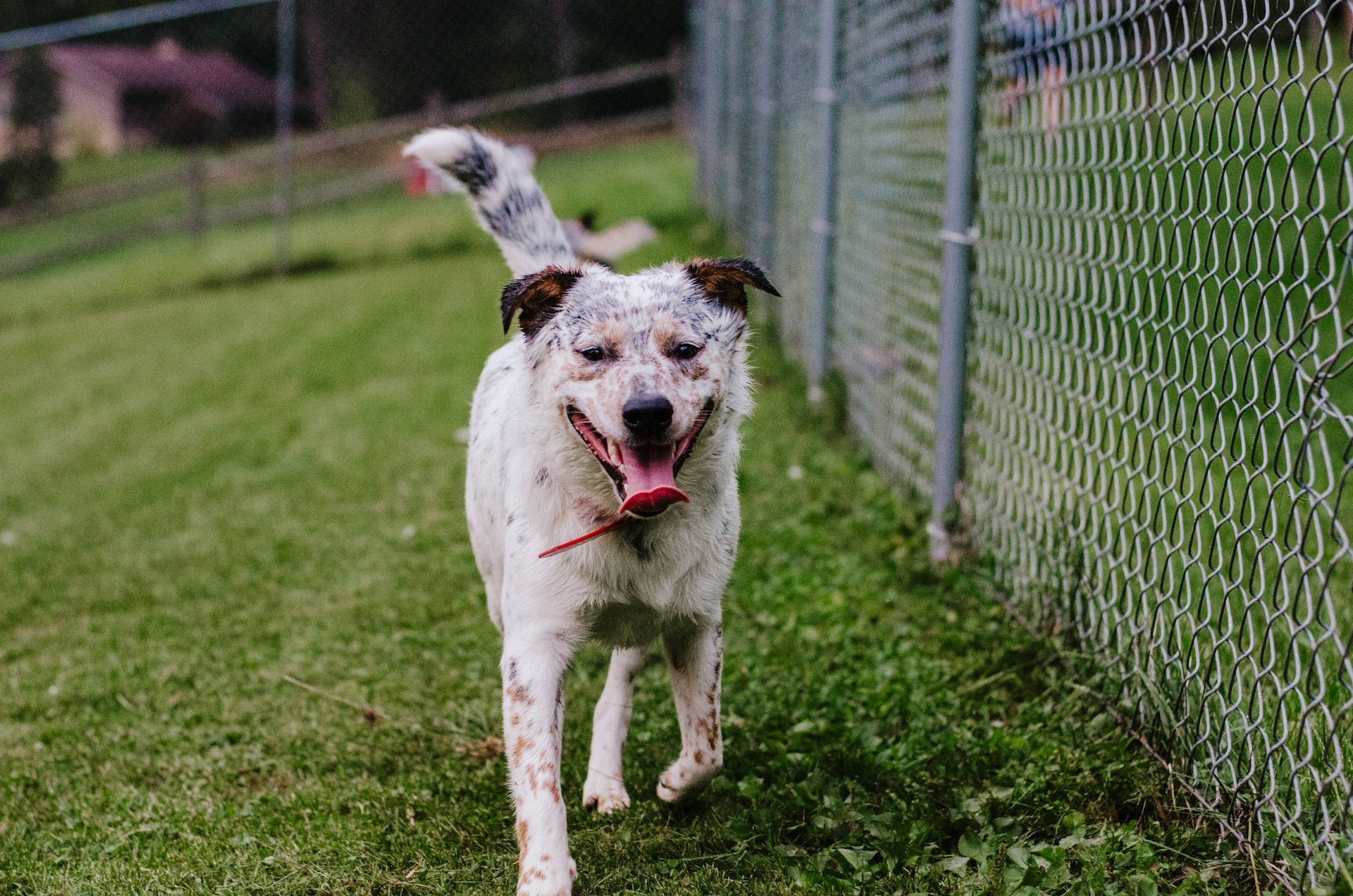Texas Heeler vs Blue Heeler Comprehensive Guide
In the world of herding dogs, two breeds stand out for their intelligence, agility, and unwavering work ethic, the Texas Heeler vs Blue Heeler. These canine companions have earned their stripes, quite literally, as formidable herders and loyal companions. As individuals contemplate bringing a heeler into their homes, the choice between the Texas Heeler and the Blue Heeler often becomes a pivotal decision. While both breeds share an ancestry rooted in the Australian Outback, their distinct characteristics and origins set them apart.

In this comprehensive exploration, we delve into the fascinating world of Texas Heeler vs Blue Heeler, unraveling the intricacies of their histories, temperaments, and physical attributes.
We will also navigate the nuanced terrain of the Texas Heeler vs Blue Heeler debate. Discover the unique traits that make each breed exceptional and gain valuable insights to help guide you in making an informed decision about which heeler best suits your lifestyle and preferences.
The Ancestral Roots of Texas Heeler vs Blue Heeler
The untamed landscapes of Australia are the ancestral home of the Texas Heeler vs Blue Heeler, where their mutual history as herding dogs originated. The history of these breeds is entwined with the difficulties encountered by the first Australian settlers, who required strong and dependable dog partners to help them manage livestock in the vast and frequently hostile terrain.
Texas Heeler
The Texas Heeler is a hybrid breed that emerged more recently, likely in the mid to late 20th century. The Texas Heeler is a cross between the Australian Cattle Dog (Blue Heeler) and the Australian Shepherd. This intentional breeding aimed to combine the herding instincts and agility of both parent breeds, creating a versatile and capable herding dog. The breed earned its name from its popularity in Texas and the surrounding regions.
Blue Heeler
The Blue Heeler, on the other hand is officially known as the Australian Cattle Dog (ACD), which is the older of the two breeds. In the 19th century, Australian cattle farmers faced the need for a herding dog that could withstand the demanding conditions of the Outback. To address this, George Hall, a cattle farmer, is creditedwith the crossbreeding of smooth-coated Blue Merle Collies with Dingo descendants. The resulting breed, known for its distinctive blue coat and herding prowess, became a valuable asset in controlling cattle.


